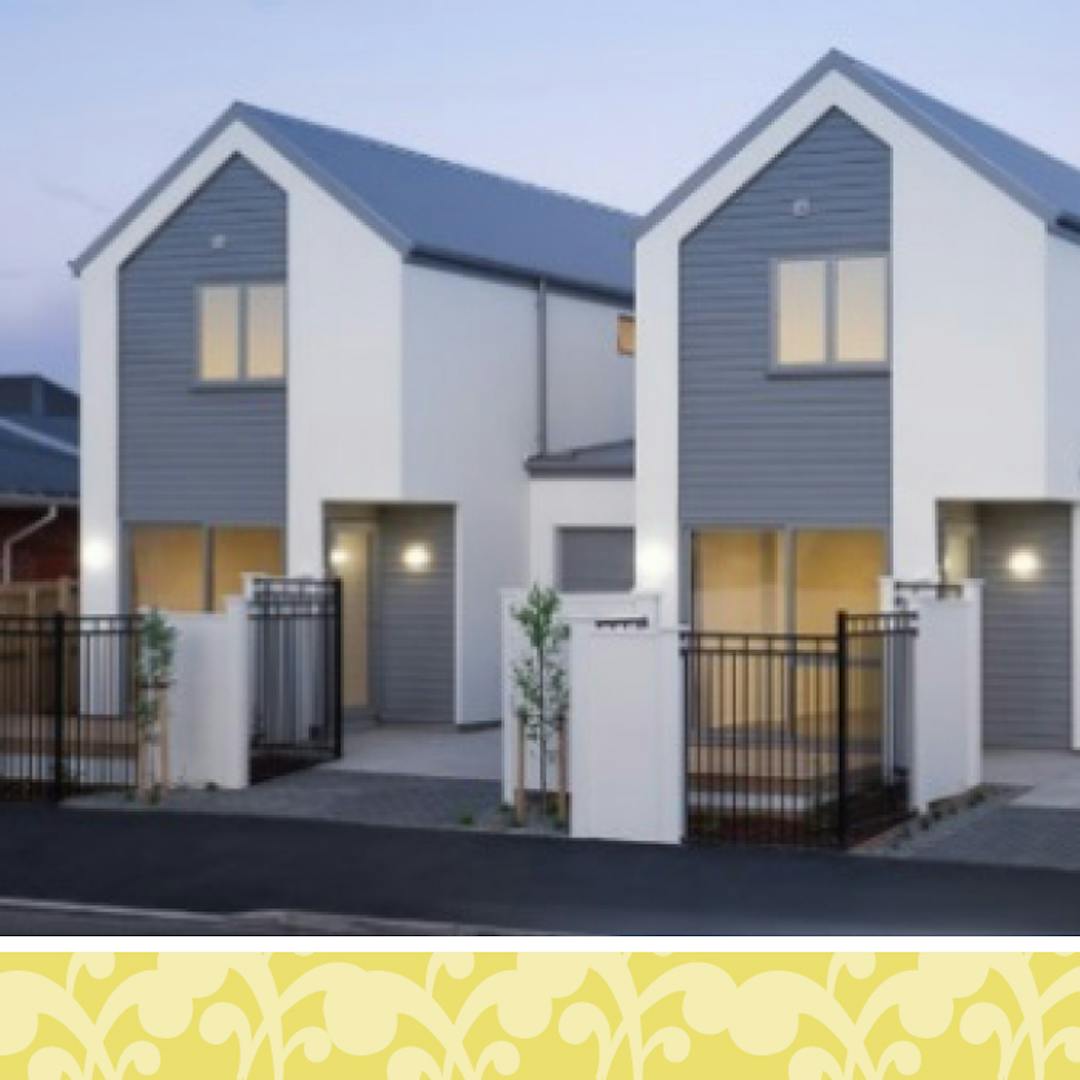District Plan Review consultation now closed.
Initial public consultation on key draft changes to the current Selwyn District Plan closed on Monday 8 October 2018. Thank you to everyone who let us know what they thought of the review so far.
What’s next?
Following this initial public consultation on the District Plan Review, the Council will consider all feedback and start developing detailed provisions for the Proposed District Plan. Please note that a summary report on the initial public consultation will be made available on Your Say Selwyn website at www.selwyn.govt.nz/districtplanreview.
It’s expected the Proposed District Plan will beContinue reading
District Plan Review consultation now closed.
Initial public consultation on key draft changes to the current Selwyn District Plan closed on Monday 8 October 2018. Thank you to everyone who let us know what they thought of the review so far.
What’s next?
Following this initial public consultation on the District Plan Review, the Council will consider all feedback and start developing detailed provisions for the Proposed District Plan. Please note that a summary report on the initial public consultation will be made available on Your Say Selwyn website at www.selwyn.govt.nz/districtplanreview.
It’s expected the Proposed District Plan will be notified in early 2020 for formal public consultation. The longer timeframe is due to the local government elections at the end of 2019 and ensuring the newly elected Council endorses the Proposed District Plan before it gets notified.
We want to know what you think about the draft changes to how housing development in the residential zones is managed in the current District Plan so that the the type and density of housing provided meets the needs of the residents regardless of their age and the stage of life they are in.
The draft changes have been endorsed by the Selwyn District Council for further development as part of its District Plan Review.
How can I have a say?
To give us your feedback on the draft changes , you can:
There will be many consultation opportunities for feedback at different stages of the District Plan Review and this is the first such opportunity. It’s expected that the new District Plan will be notified in early 2020 and be fully in place, subject to any Environment Court appeals, in March 2022.
Background
In Selwyn the majority of housing development in the last 10 years has happened on the outskirts of larger townships, such as Rolleston and Lincoln, rather than near key activity centres ie town centres and business zones. This is likely to have been in response to the Canterbury earthquakes when all development focused towards farmland on the outskirts.
The most common type of housing built in the district is the single storey detached dwelling. It makes up 96% of building consents issued for dwellings between 2013 and 2017. The average dwelling size is 215m2 and most dwellings have three or four bedrooms.
In total there are over 70 residential zones (or Living Zones) in the district, with the sections ranging in size from 300m2 to 10,000m2. The largest number of Living Zones set an average allotment size of 800m2.
Residential development in the current Selwyn District Plan
Current permitted development standards in the District Plan which relate to character, amenity and density of residential areas, and which need to be met as part of resource and/or building consents, cover:
- allotment size
- minimum density
- height
- recession planes
- setbacks
- private open space
- site coverage and fencing.
There are many forms of alternative housing, such as housing for the elderly and people with special needs, and boarding houses, currently in the district. However, the provisions that address alternative forms of housing, such as retirement villages, in the current District Plan are limited, and those that exist are largely redundant.




